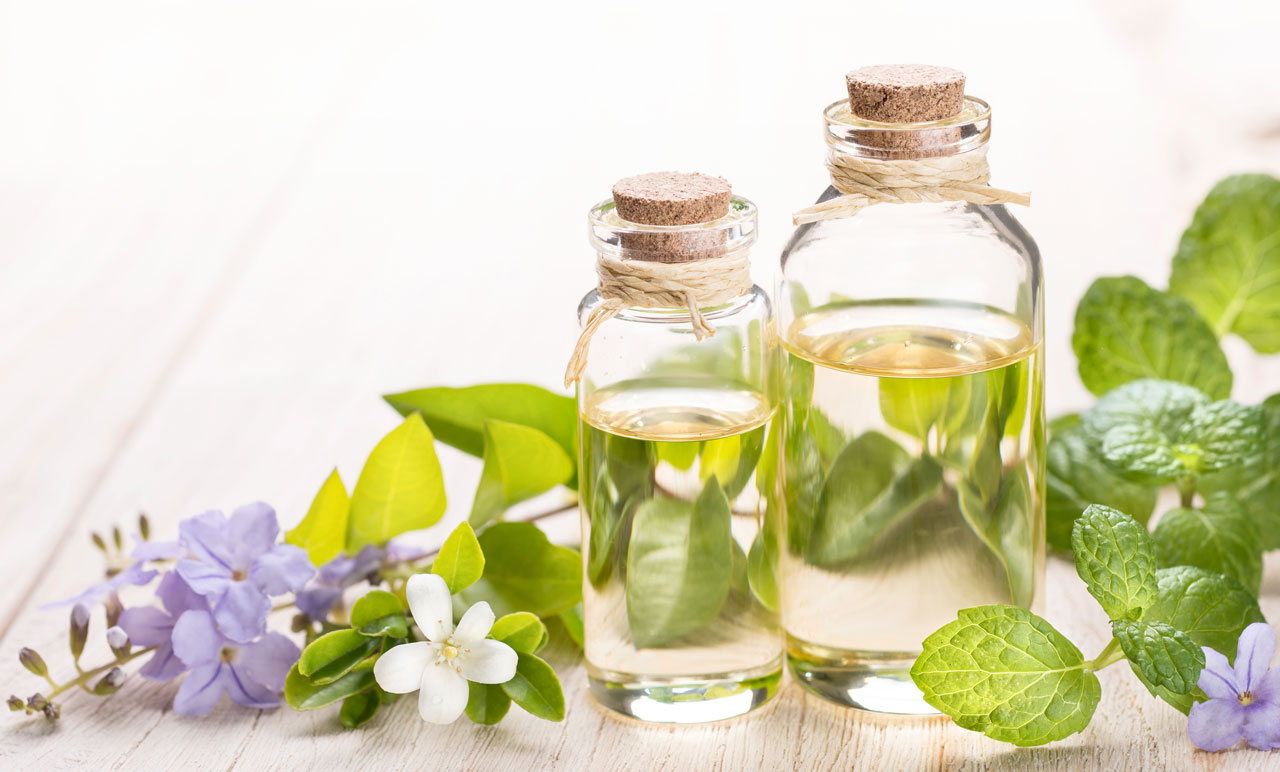“The goal of these sessions is to help patients relieve stress and promote the health of the mind, body, and spirit in an emotionally supportive environment,” says Jodi-Ann Forrest, BA, Mental Health Associate at Princeton Center for Eating Disorders. “Scents can be very powerful, and we’ve found that aromatherapy enhances the relaxation dynamic for many patients.”
Traditionally, the group begins with progressive muscle relaxation or a guided meditation with calming background music. For example, patients may be asked to close their eyes and picture themselves on a beach on a sunny day. While seated on the ground, they are guided through deep breathing exercises and slow, relaxing movements.
When adding aromatherapy, Forrest diffuses different combinations of essential oils, such as lavender and clary sage. Essential oils are typically extracted from plants for therapeutic purposes. Aromatherapy is thought to work by sending messages from receptors in the nose through the nervous system to the limbic system, which controls basic emotions.
Both aromatherapy and relaxation techniques are easy to implement at home.
“This practice has many benefits during treatment, but it’s also a healthy coping mechanism that patients can take with them to reduce anxiety and promote well-being,” says Forrest. “In some cases, it can even alleviate issues like headaches or promote better sleep.”
The therapeutic atmosphere generally results in a full group of eight to nine patients per session.
"This group even helps me as the facilitator,” adds Forrest. “At the end of a hectic day, it helps us all feel more grounded and at ease.”

